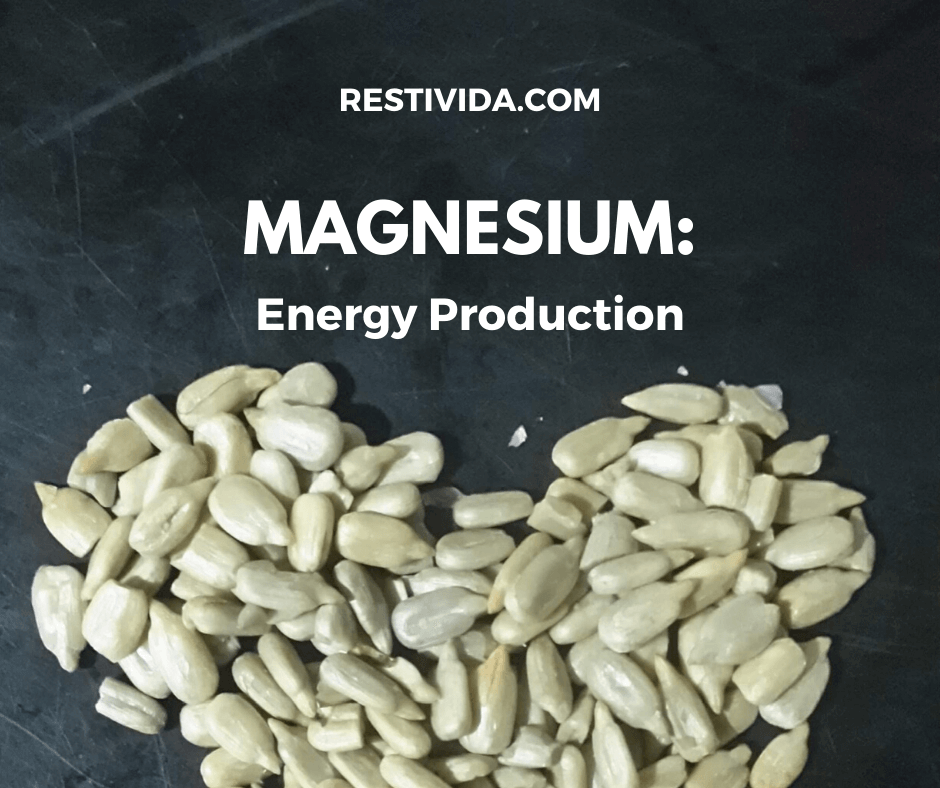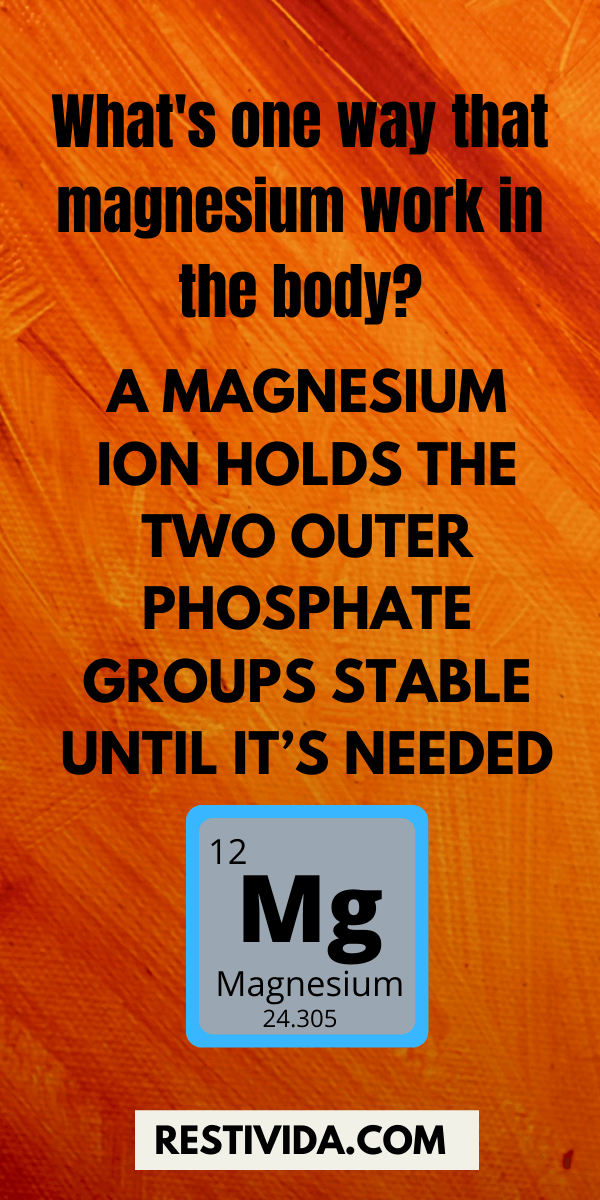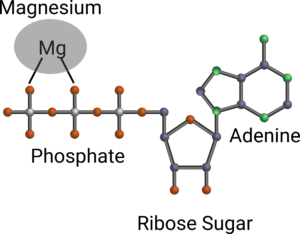This article may contain affiliate links. Please see our affiliate disclosure.
The real reason Magnesium can help you in Energy Production
Of course, we have all read the different blogs and seen the product reviews that Magnesium is important for over 300 enzymatic and biological function. Some of us have taken Magnesium and felt some relief and other have just ended up on an extended stay in the bathroom.
You have probably heard that magnesium is superb for relaxation, sleep and is a valuable nootropic.
This means that is can provide support for cognitive functions such as memory, motivation and creativity. Three things we would have no issues having more of.
The question still remains: Where does magnesium fit in all this Fibro-talk? Simple, ATP production.
But how?
In a previous blog, we introduced D-ribose and its importance in ATP production. I also gave an honest time frame in which D-ribose took to work for me compared to what is written in the scientific journals.
So, if you’re interested in that please check it out here.
ATP is short for Adenosine Tri-Phosphate and it is often called the energy currency of the cell. This is required by all living organisms for all body processes from muscle contraction, nerve impulses and formation of new cells. [1]
It is a molecule made up of an adenine ring and a ribose sugar, together this is called adenosine. There are also three phosphate groups alpha (α), beta (β), and gamma (γ) phosphates collectively known as a “triphosphate.” [2]
Magnesium is indispensable for ATP stabilization because it forms a bond between the central phosphate group (β) and the outer phosphate group (γ) forming Mg-ATP. This is the only biologically active form of ATP in humans [3].
Magnesium is required to stabilize the phosphate group because each of these have a negative charge and would rather not be so close to each other.
Just like magnets, these negative charges want to repel each other [4] and remove themselves from the electro-negative force to a more neutral state.
Energy is released from Mg-ATP when one of the bond between the outermost (β), and middle (γ) phosphates are broken to form Adenosine Diphosphate (ADP) then to Adenosine Monophosphate (AMP).
Without a magnesium to stabilize this molecule the unstable bonds would readily break and energy release could not be contained. There would be no way to keep the energy currency in tact.
No energy currency = no energy.
In addition, without the ribose sugar present, the adenosine group would not be able to be formed to anchor the triphosphate group in the first place. So it’s a cooperative effort of all these molecules that makes Mg-ATP fit for energy storage.
Without all of these working together and if even a single component is missing energy creation is reduced, significantly!
Altogether, magnesium and ribose are crucial components of Mg-ATP production. Most Fibromyalgia sufferers often battle with the most debilitating forms of ATP deficits that include fatigue, brain fog and muscle cramps at the very least.
Understanding the components of energy production can help us to figure out the best diet plans and supplement addition to improve the quality of our lives and relieve the symptoms that keeps us from living our best life.
References
1. Dunn J, Grider MH. Physiology, Adenosine Triphosphate (ATP) [Updated 2020 Jan 15]. In: StatPearls [Internet]. Treasure Island (FL): StatPearls Publishing; 2020 Jan-. Available from: https://www.ncbi.nlm.nih.gov/books/NBK553175/
2. Harrison, C. B., & Schulten, K. (2012). Quantum and classical dynamics simulations of ATP hydrolysis in solution. Journal of chemical theory and computation, 8(7), 2328–2335. https://doi.org/10.1021/ct200886j
3. R.F Burton, Adenosine triphosphate as a determinant of magnesium levels in cytoplasm, Comparative Biochemistry and Physiology Part A: Physiology, Volume 65, Issue 1, 1980, Pages 1-4, ISSN 0300-9629, https://doi.org/10.1016/0300-9629(80)90378-3.
4. Berne & Levy physiology. Berne, Robert M., 1918-2001., Koeppen, Bruce M., Stanton, Bruce A. (6th, updated ed.). Philadelphia, PA: Mosby/Elsevier. 2010. ISBN 9780323073622.
FAQ:
1. Will magnesium make me sleepy if I take it during the day?
Magnesium plays a role in maintianing deep sleep by keeping healthy levels of the neurotransmitters that promote restful sleep. Typically, after taking magnesium on should feel calm and relaxed. Magnesium is required for over 300 enzymatic reactions in the body so it won’t only be used to put you to sleep so it can be taken any time of the day. If you’re feeling too sleepy try breaking up the doses over the day or switch to another form.
2. How much magnesium do I need per day?
This will depend on the stage of life and ailment you suffer if any. These are the recommendations as per the National Institute of Health.
3. I take a multivitamin that is also a multi-mineral, should I still take magnesium.
If you’re taking a multivitamin that is also a multi mineral calculate the amount of magnesium you need for the day accordingly. Also take note of the form of magnesium that is in the multi-vitamin with multi-mineral that you’re taking and wait at least 4 hours between them or you may have a very loose, but not painful, bowel movement.
4. What is the best form of magnesium?
Well, the one that is easiest on the digestive system is magnesium glycinate (bisglycinate or lycinate gylcinate), Magnesium citiric acid is second most absorb-able to this and it helps to move the bowels. Then there’s magnesium malate that is believed to be involved directly in energy production and has positive results for women suffering from fibromyalgia. To get a better look here’s a study that looked at 12 different forms.



